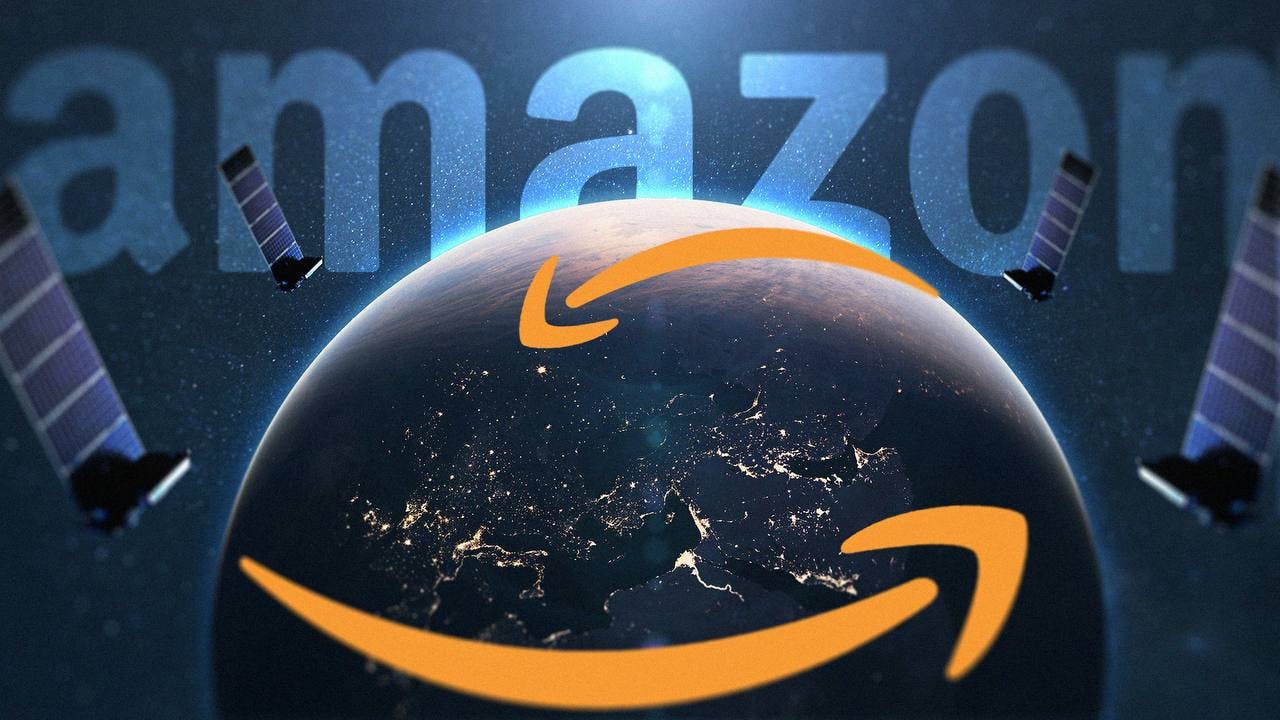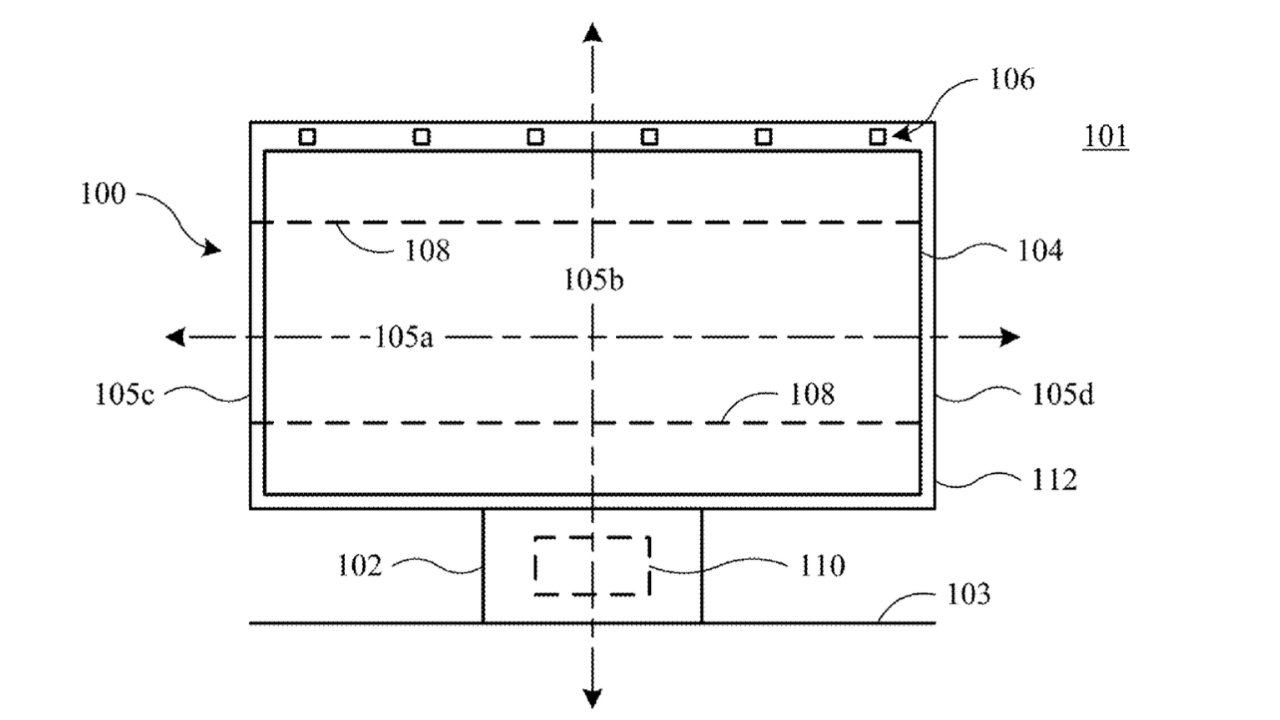Project Kuiper is an Amazon project aimed at deploying a global satellite internet network. It was often written about in the past, but then, the media began to mention this Amazon project less and less. Nevertheless, it has not been shut down and is developing quite actively.
Like Starlink, its main goal is to provide internet access to residents of regions of the world where traditional methods of connecting to the network are unavailable or too expensive. It is worth noting that Project Kuiper is a direct competitor to Elon Musk’s Starlink network, which has been developing rapidly over the past few years.
Everything would’ve been fine, but delays in the initially well-organized plan of Project Kuiper’s management became known.
A Little About Project Kuiper by Amazon
According to Amazon’s plans, the first wave of customers was supposed to be able to access Kuiper services by the end of 2024 as part of beta testing. But this did not happen because the satellites were not launched into space in time. Comparing Kuiper’s deployment schedule with the history of Starlink’s development allows us to roughly estimate the pace of the project’s implementation.
For example, the first two test satellites from Starlink were launched in early 2018, and the service officially began providing its services by the end of 2021. If the Kuiper project follows a similar schedule, it will become available to the general public by the end of 2028.
The company plans to manage a network of 3,236 devices, with the number expected to increase several times in the future. To comply with the terms of its license from the US Federal Communications Commission, Amazon must launch half of its planned satellites into orbit by mid-2026.
In 2022, Amazon signed contracts for 83 space launches to put its telecommunications satellites into orbit. These contracts, worth several billion dollars, involve the use of Blue Origin’s New Glen, Arianespace’s Ariane 6, and ULA’s Vulcan rockets to create its orbital constellation.
About Satellites and Terminals for Project Kuiper
The Kuiper project involves the use of ground infrastructure, satellites, and subscriber terminals. The ground infrastructure includes gateway antennas for transmitting data to orbital devices and antennas for monitoring and controlling satellites.
The first Project Kuiper terminal is an ultra-compact device with a square top platform measuring 18 cm and weighing up to 0.5 kg. It will provide a connection channel of up to 100 Mbit/s. This terminal, the smallest in the Project Kuiper line, is designed to serve corporate customers as well as private clients.
The second terminal is slightly larger. It is also square, with a side length of 28 cm. The thickness of the platform is 2.5 cm. It weighs less than 5 kg and provides speeds of up to 400 Mbps. Standard client terminals are planned to be released at a price of around $400.
The largest Project Kuiper terminal, measuring 48 by 72 cm, is positioned as equipment for enterprises, government organizations, and telecommunications companies, providing speeds of up to 1 Gbit/s. All terminals will be based on a proprietary radio module codenamed Prometheus.
What About the Price for the Kuiper Project?
Company representatives have not yet announced the exact cost of wireless network access. Instead, Kuiper Systems emphasizes the maximum accessibility of its product, as it was originally designed to provide coverage to hard-to-reach and remote regions of the planet.
Prices and offers may vary depending on the country and region, so Amazon’s management will focus its efforts on finding the best solutions for each customer.
Based on these statements, it can be assumed that the price range will be competitive with the prices of other companies, including Viasat and HughesNet, as well as local businesses that provide access to various types of mobile communications, including 4G LTE and 5G.
Kuiper Systems LLC has stated that, using Amazon’s experience, a logistics infrastructure is already being created and scaled for the production and delivery of tens of millions of terminals and components. This may become a significant advantage in competition with Starlink, which still faces logistical difficulties. In a number of regions, customers wait for months for equipment to be delivered from the company. Such cases are becoming less and less frequent, but problems still arise.
What Was Planned to be Done by 2025?
Amazon announced the project back in 2019, and in 2020, received approval from the US Federal Communications Commission (FCC) to deploy its satellite constellation. The regulator’s permission requires Amazon to comply with certain time frames, in particular, to launch half of the devices by 2026.
The company originally planned to launch the first Kuiper network satellites in early 2024. They were supposed to start providing communication services to commercial customers in test mode. Unfortunately, United Launch Alliance (ULA), Amazon’s partner in launching satellites into orbit, announced that it would not be able to launch the devices on time. Therefore, the first launches of rockets carrying satellites were postponed until the end of 2024.
However, this postponement was not particularly critical, as the timeframe was still being adhered to.
What Difficulties Arose for Project Kuiper’s Evolution?
The launch of the first Project Kuiper devices was postponed again, this time to early 2025. The main reason for the delay was the priorities of ULA, which decided to give preference to important missions of the US Space Force. The Vulcan Centaur rocket was “booked” by the military for two secret missions.
On April 28, 2025, United Launch Alliance successfully launched Amazon’s first batch of 27 Kuiper Project satellites aboard an Atlas V rocket from Cape Canaveral. All satellites were confirmed to be operational. They planned a second launch of another 27 satellites (mission KA‑02) in mid‑June, but the launch on June 16 was scrubbed due to elevated temperature in the Atlas V booster engine. A new launch date hasn’t been announced yet. And this is where the risks for Amazon come into play.
The main threat is that the corporation may not be able to meet the FCC’s conditions for the deployment of the satellite constellation. If this happens, it risks losing its license. This will not only slow down the project, but also call it into question altogether.
Amazon has also faced internal difficulties.Shareholders filed a lawsuit against the company. In their opinion, the project management rejected a lucrative offer of cooperation with SpaceX, even though it would have allowed cargo to be launched into orbit quickly and relatively inexpensively. Instead of SpaceX, Bezos, the head of Amazon, chose Blue Origin, Arianespace, and United Launch Alliance (ULA).
Blue Origin also belongs to Jeff Bezos. And it so happens that the company plays a key role in Kuiper: its New Glenn rocket will be used to launch satellites into orbit. For this, Project Kuiper will pay Blue Origin $585 million, which is a third of the total cost of the launch vehicles.
What’s Next?
Despite the difficulties and problems, Amazon believes that everything will be fine. In 2023, it successfully tested prototypes when it launched them from Cape Canaveral in Florida. In test mode, various information was transmitted and received over a distance of 1,000 km via a laser channel, including simulated online shopping, high-resolution video playback, and visits to various web pages. In other words, there are no problems with the functionality of the devices themselves.
The company intends to implement OISL technology in every satellite it launches. Laser communication between communication satellites in orbit will allow subscribers on Earth to exchange data with low latency, enabling passengers on airplanes, cruise ships, and residents of remote locations to enjoy ubiquitous high-speed internet.
The company is currently continuing construction of a satellite data processing center at the Kennedy Space Center, which is scheduled for completion in 2025. Kuiper devices will be prepared there in the future.
But what about their production? The company planned to accelerate its release immediately after the successful launch of the first devices in 2025. At the same time, it plans to accelerate the launch of satellites into orbit. If everything goes smoothly, the company should be able to meet the FCC’s requirements by 2026.
To ensure that everything goes according to plan, the company decided to agree with its shareholders and entered into an agreement with SpaceX. The essence of the agreement is to launch satellites into low orbit using Falcon 9 rockets. As part of the contract, Amazon purchased three Falcon launches in mid-2025.
If something goes wrong, Amazon can still ask the FCC for an extension. But here, everything is uncertain: it is unclear how the regulator will react and what sanctions may follow. Everything depends on the ability of Project Kuiper’s management to negotiate.
What About Elon Musk and SpaceX?
The Starlink project from SpaceX, led by Elon Musk, is one of Project Kuiper’s main competitors. SpaceX has successfully launched over 6,400 Starlink satellites into orbit. Musk’s network provides internet services in more than 50 countries. The entrepreneur has set a goal of launching up to 42,000 satellites within a few years.
Moreover, Starlink has one feature that is unpleasant for Kuiper. The fact is that Elon Musk’s company uses SpaceX rockets. This means that it has a “full production cycle”, from manufacturing the devices to launching them into orbit. Apparently, Jeff Bezos planned to implement a similar plan using Blue Origin.
Well, Starlink works pretty well, so government and private customers are flocking to it. For example, the company has signed a contract with the US Department of Defense. Under this agreement, signed with the US Space Systems Command, SpaceX will provide communications services worth $70 million.
China`s Low-Orbit Megagroup Qianfan (Thousand Sails)
The PRC is also actively developing its satellite internet program. In August 2024, the country launched the first batch of communication devices to form the low-orbit megagroup Qianfan, or “Thousand Sails”. In total, China plans to place about 14,000 satellites in Earth’s orbit. So far, the PRC is far from this goal — by the end of 2024, the number of devices in orbit was planned to reach 108.
China’s project is being implemented in two stages. The first stage involves increasing the constellation to 1,296 devices. They will operate at an altitude of over 1,000 km and provide communication coverage for virtually the entire surface of the Earth.
The goal of the second stage is to place specialized satellites in lower orbits, 300–500 km. This will make it possible to provide additional services, including connecting smartphones and other devices to mobile communications and the IoT.
So, Project Kuiper’s competitors are not easy, and it will take some effort to catch up with them in a few years. Neither Starlink nor the Chinese are going to stop there — projects to deploy satellite networks are developing. Let’s hope that Bezos will still be able to bring the project to fruition. Too much has already been invested in it to stop halfway.
Spacecoin — DePIN Satellite Internet
And while the major players battle it out in courtrooms and launchpads, a new kind of competitor is quietly entering orbit — one built not by corporations, but by communities. Spacecoin, a decentralized physical infrastructure network (DePIN), launched its first test satellite, CTC‑0, aboard a SpaceX rocket in December 2024.
The project is built on the Creditcoin blockchain, using smart contracts, escrow mechanisms, and an on-chain reputation system to govern interactions between service providers and users.
Its roadmap includes pilot deployments in underserved regions of Africa and South Asia throughout 2024, an expanded constellation in 2025, and even crowdsourced satellite launches by 2026. It supports 3GPP 5G‑NTN protocols. Technically aligned with global standards, Spacecoin targets affordability as its key differentiator.
The team aims to provide high-speed orbital internet for as little as $1–2 per month, making it an intriguing alternative to corporate-controlled systems like Kuiper and Starlink.
Whether decentralized models like Spacecoin can scale fast enough remains to be seen. But its presence underscores a growing trend: the race to connect the unconnected is no longer exclusive to tech giants.
The next phase of orbital internet may very well include not just Bezos, Musk, and state actors — but crypto-powered satellites backed by open communities around the globe.




















